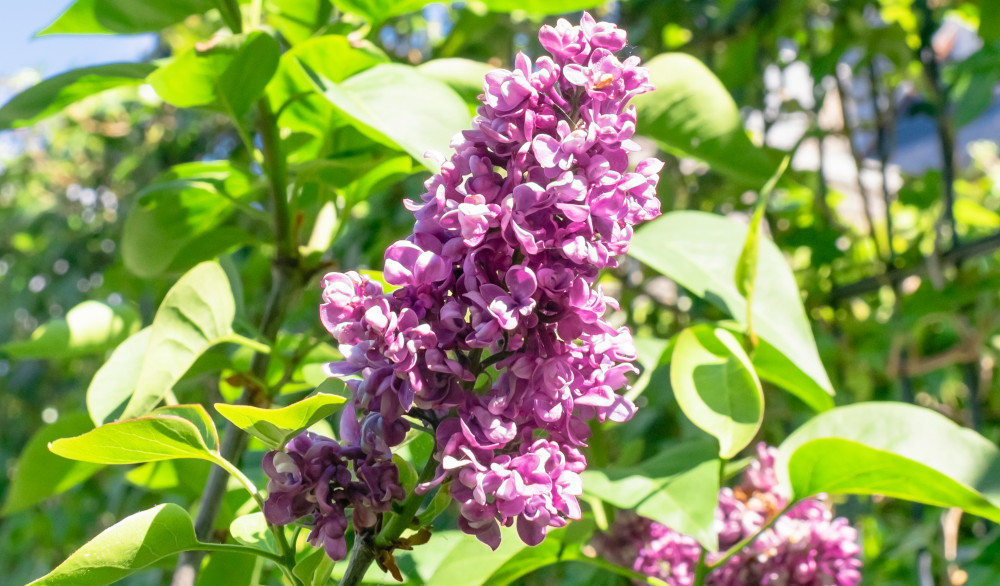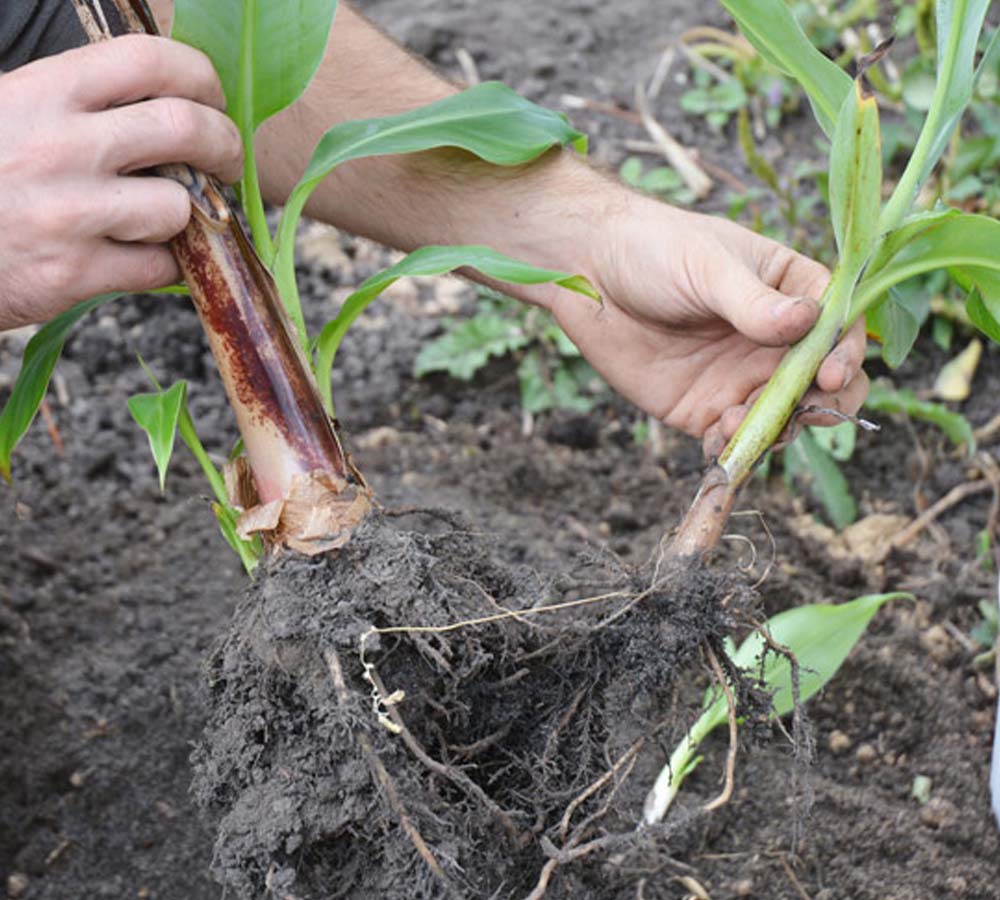How to grow Syringa Vulgaris
Syringa vulgaris - also known as the lilac or common lilac - is the most widespread variety of lilac in the world. Once the subject of Vincent van Gogh’s creatively named artwork ‘Lilacs’, Syringa vulgaris has been grown for centuries as a large shrub which is valued for its fragrant flowers, pretty purple colour palette and sweet smell.
A late spring bloomer, Syringa vulgaris grows up to heights of 2.5 metres with a spread of 2.5 metres. Syringa vulgaris’ clustered flora makes it the perfect plant to add a pop of colour to a garden; they can be grown in borders, as shrubs or pruned as trees. The low-maintenance nature of Syringa vulgaris gives plenty of flexibility to gardeners and its colours complement nearby whites, pinks, reds and oranges. Lilac is also a valuable plant for nature-saving pollinators, such as bees and butterflies.
The flowers of the Syringa vulgaris are often used as cut flowers because of their colour and signature scent. Some believe that lilacs symbolise love - their unique scent has become a staple, used in perfumes, home fragrances and candles alike.
Under the umbrella of Syringa vulgaris, there are plenty of cultivars to choose from - some of which have been recipients of the Royal Horticultural Society’s Award of Garden Merit - ranging in colour from pale whites and yellows to deep reds and purples.

Key Information
Soil pH
Position
Hardiness


Where & when to plant Syringa Vulgaris
As Syringa vulgaris is a lover of the light you will need a spot in your garden that benefits from plenty of sun - at least 6-8 hours a day. While Syringa vulgaris can grow in more shady conditions, you will want to maximise the sunlight available to encourage a profusion of blooms. Potted lilacs can be planted at any point in the year as long as the ground is not waterlogged or frozen. The best time to plant, however, is in autumn.
What to plant with Syringa Vulgaris
Syringa vulgaris bloom between May-June for 2-3 weeks at a time. So, you could select a neighbouring plant that flowers just before or just after this period. Cyclamen coum is ideal as it low-growing and perfect for the front of a border, plus it will flower across the winter and early spring. This will give you a longer period of colour and transition into Syringa vulgaris with 2-3 weeks of vibrancy.
As well as looking at neighbouring plants with similar or complementary colours, consider looking within the lilac family itself. Syringa vulgaris itself comes in a wide range of colours from bright whites to moody maroons. Syringa Beauty of Moscow is another good selection, with its heart-shaped leaves, pale pinks and spring/summer bloom.


How to care for Syringa Vulgaris
Pruning & Deadheading
To stop your Syringa vulgaris from becoming unmanageable, you can prune lightly once a year. The best time to do this is just after flowering has finished - if you do this any later, you may inadvertently cut back future blooms from the wood. Deadheading can be done as the flowers fade.
Watering
Your Syringa vulgaris will need weekly watering, particularly in its first year. If the soil becomes hardened due to hot weather or there is an extended period without rain, you may need to water 2-3 times a week.
Cold Protection
Syringa vulgaris is hardy and tolerant of conditions down to -15°C. Cold protection should not be necessary, although it is wise to deadhead well ahead of the winter, so you do not leave the stems exposed to frost.
Pests & Diseases
Syringa vulgaris can be susceptible to powdery mildew. However, some cultivars are less prone to this than others - so choose one that’s more resistant if this is likely to be a problem.
How to propagate Syringa Vulgaris

To propagate, you will need to take soft cuttings. Use secateurs or gardening scissors to trim the stem just above a leaf joint. Remove the lower leaves of the cutting, being careful to keep leaf joints in place.

Add the cutting to a pot of proprietary compost, with the lowest leaf joint above the surface of the soil.

Use two small sticks on either side of the cutting and add a small plastic bag on top, sealed with an elastic band, to encourage humidity. After around 6 weeks, your cutting should be ready to re-pot.
Common Syringa Vulgaris Questions
How big does Syringa vulgaris get?
Syringa vulgaris can reach 250cm (2.5 metres) in both height and width.
Is Syringa the same as lilac?
Syringa vulgaris is the name of the lilac or common lilac - the most widespread variety of lilac globally.
How fast does Syringa vulgaris grow?
It can take Syringa vulgaris between 10 and 20 years to reach full maturity.
